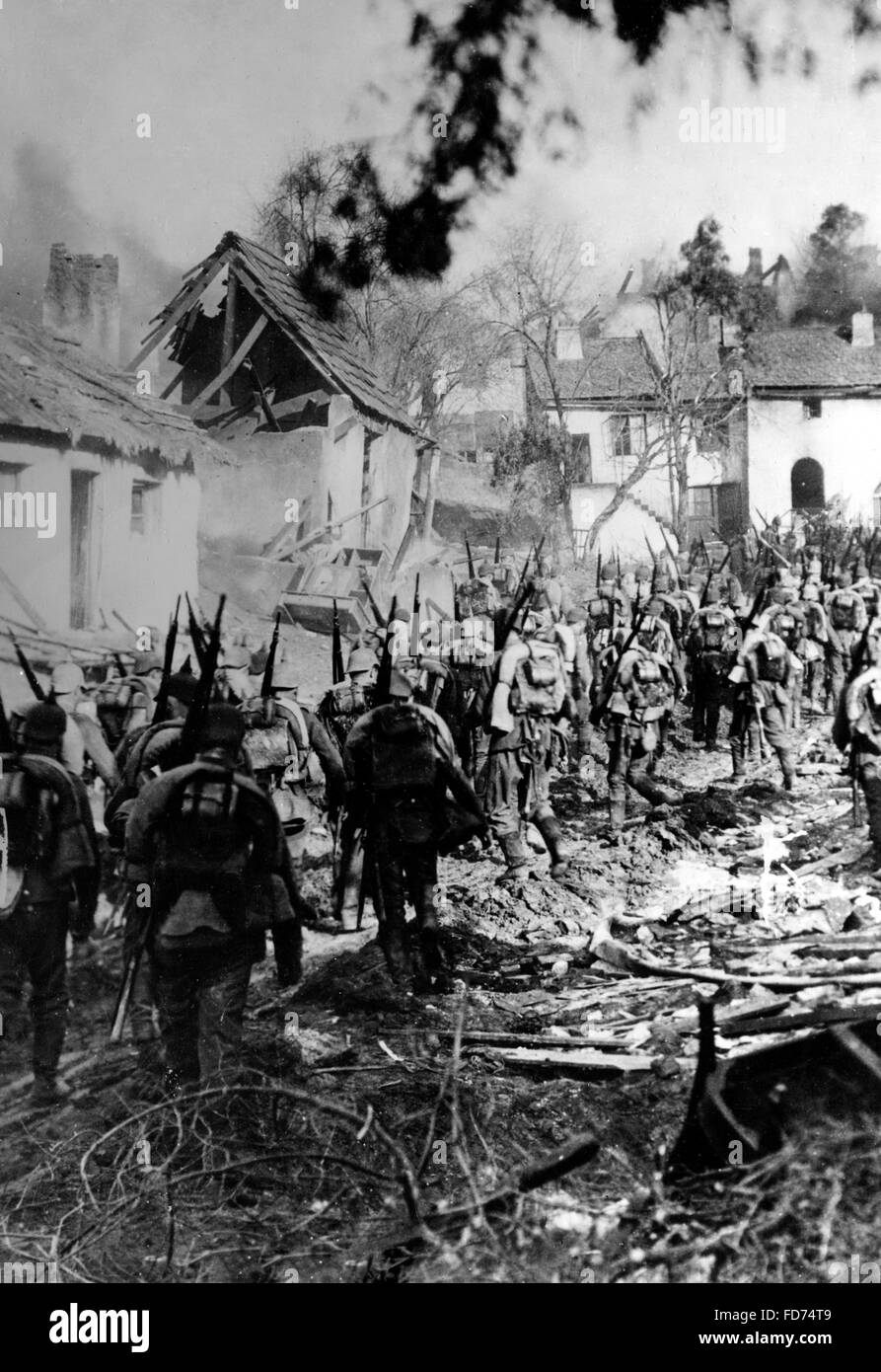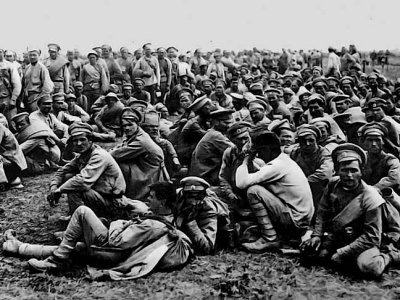
Beneath the ground a dreadful, silent war was taking place, as British and German engineers tunnelled and counter-tunnelled in a vicious war of explosives and hand-to-hand fighting. But the battle wasn't just being fought in no-man's land. The first day of the Battle of the Somme holds an infamous record for the British army, being the bloodiest day in its history. Its commanding general, Alexander Samsonov, committed suicide after the defeat.

The Battle of Tannenberg was fought in late August of 1914, and resulted in the almost total destruction of the Russian Second Army.

On the Eastern Front Russia saw one of its greatest defeats and one of its greatest victories only days apart. This marked the beginnings of trench warfare. The British force pressed into the gap, forcing the Germans to retreat, falling back some hundred kilometres to the Aisne River where they dug in to protect themselves from the pursuing enemy. The frontline commanders Karl von Bülow and Alexander von Kluck manoeuvred independently of one another, a problem created in the Auftragstaktik system, and a gap emerged in the German line, about 30 kilometres long. On the Western Front the Germans had driven the French and British back into their own territory, almost as far as Paris.Īs the Germans pressed forward, their communications came under strain, as their commander Moltke, was 500 kilometres behind the front line in Koblenz. Credit: National Library of French / Public Domain. French soldiers anticipating an assault in a ditch.


 0 kommentar(er)
0 kommentar(er)
